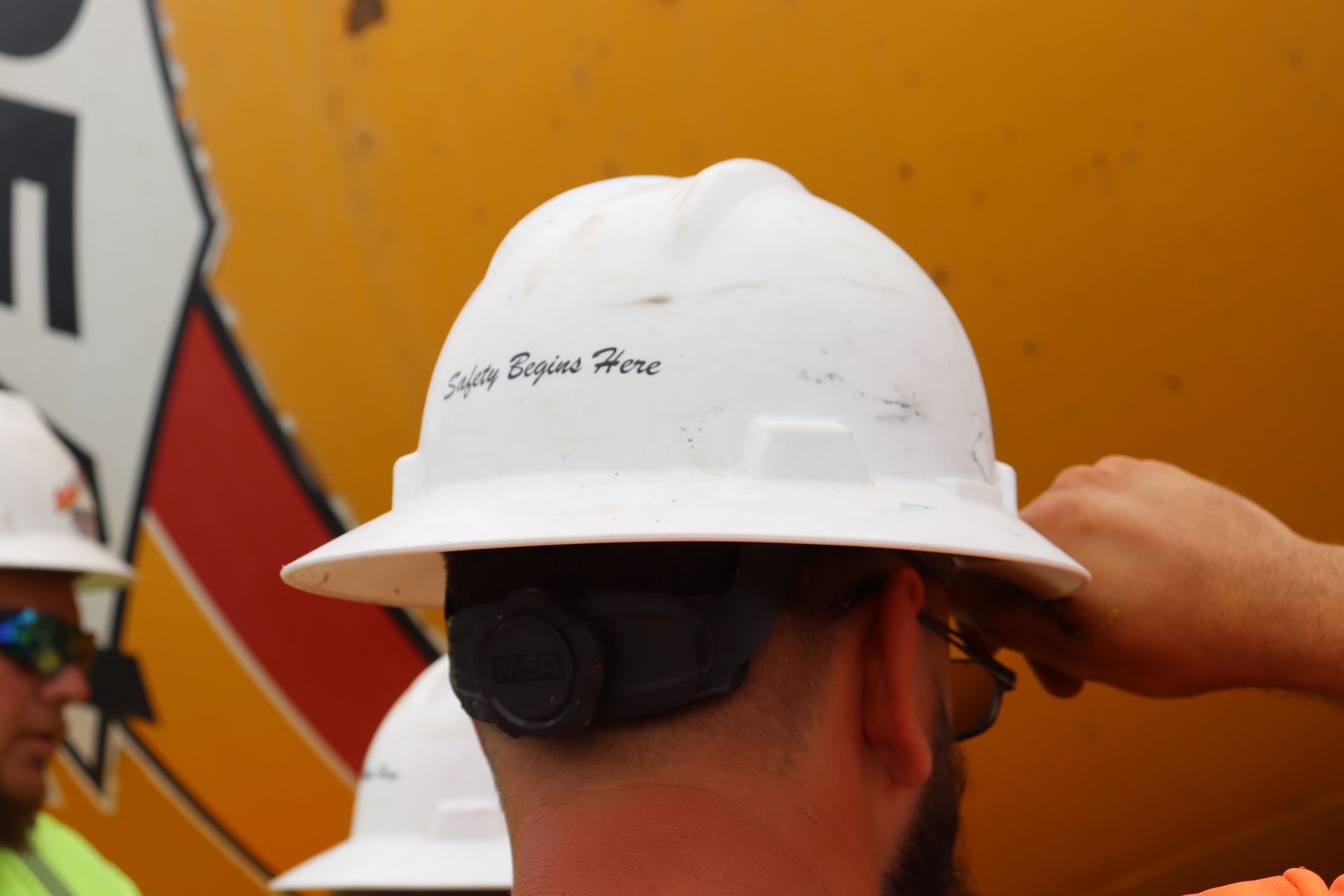QUALITY CONTROL
Aiming High to Gain Your Trust
At Ideal Ready Mix, we have measures in place to ensure that our ready mix concrete consistently meets the highest industry standards.
We go beyond the standard by providing custom add ons, custom mix designs and beautiful finishers.
Performance-Based Concrete – Whether the project calls for 3000 psi or 5000 psi we have a design mix that will meet your construction building needs.
Fiber-Reinforced Concrete – Does your project require strength and versatility? Our fiber-reinforced designs are available for a wide range of applications.
High Early Concrete – When time is at a premium, these mixes provide a solution for your time-sensitive projects.
Specialty Concrete – We offer a variety of specialty mixes including Shotcrete for your surface projects, flowable fill or grout & controlled low-strength material from the ground up, or Self- Consolidating Concrete (SCC) which saves placement time and finishes quickly.
Custom Mix Design – Our locations have the flexibility to provide the custom mix design required for your project.
Concrete Add-ons – Choose from concrete admixtures to fine tune the properties of your mix, cementitious materials to further customize your mix or fibers which is a simple solution to improve concrete strength.
Integrally Colored Concrete – With a variety of color choices for your design.
Polished Concrete – A beautiful yet low-maintenance solution for your business or home.
Stamped Concrete – Providing you with the strength and durability with a custom style.


